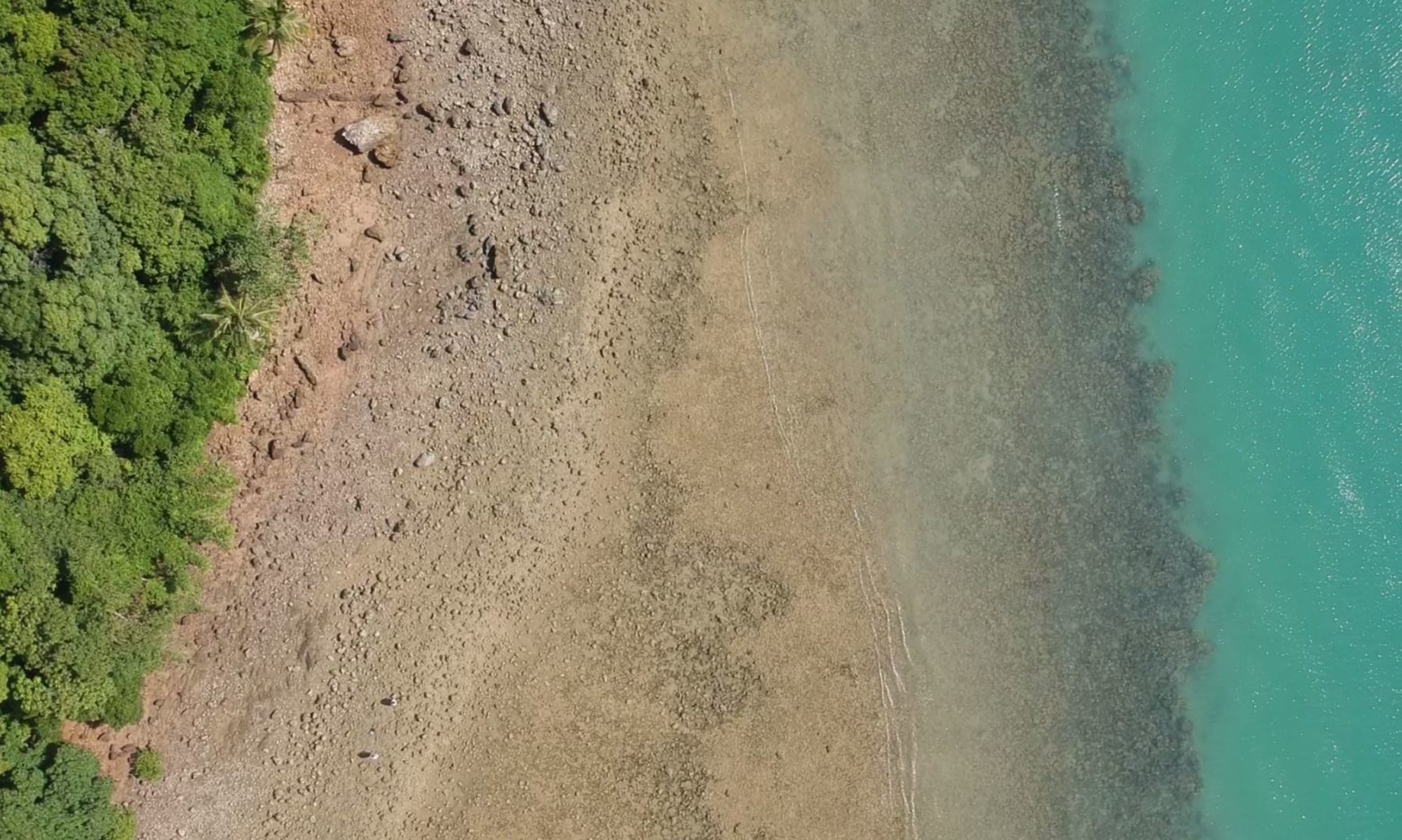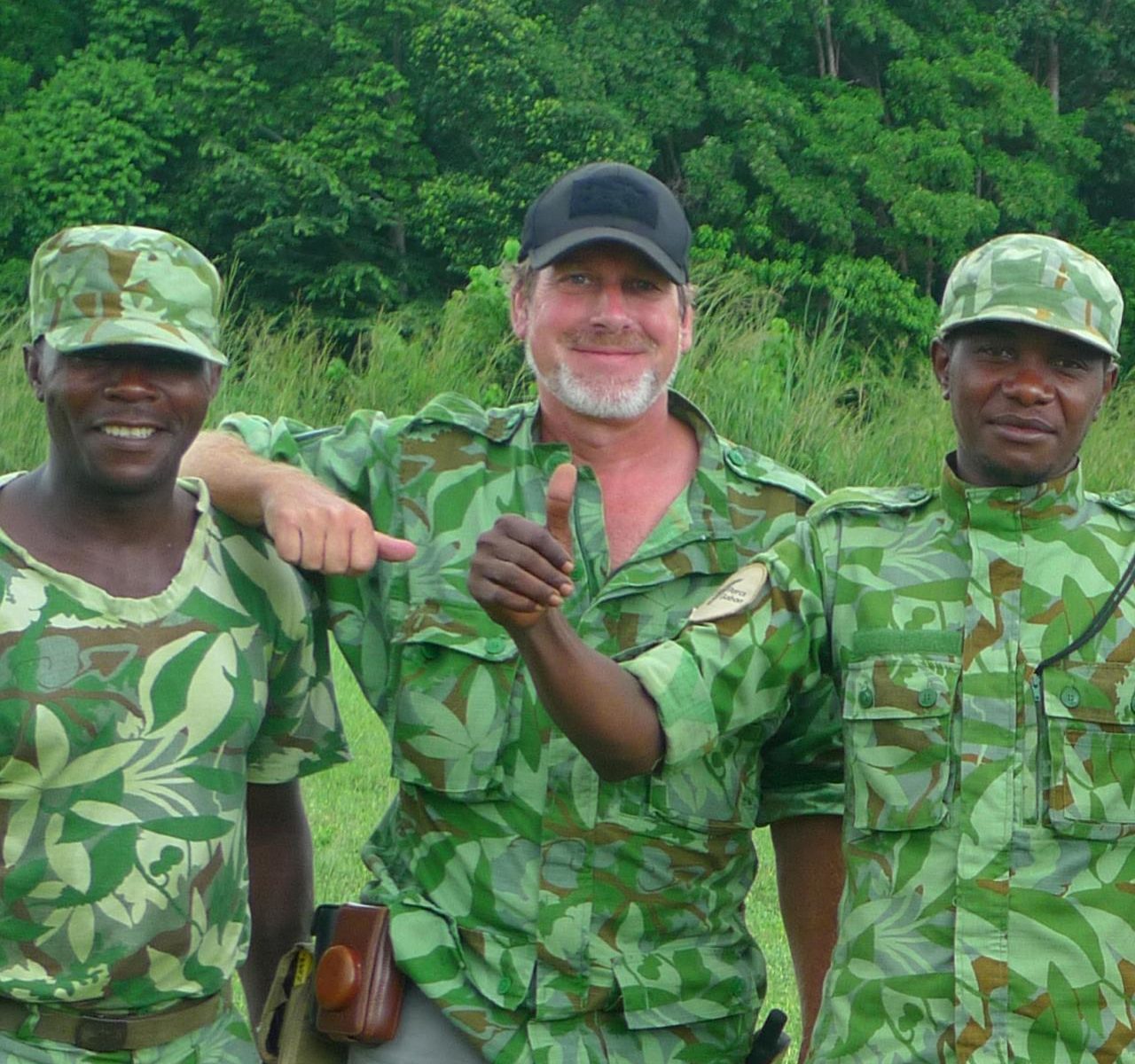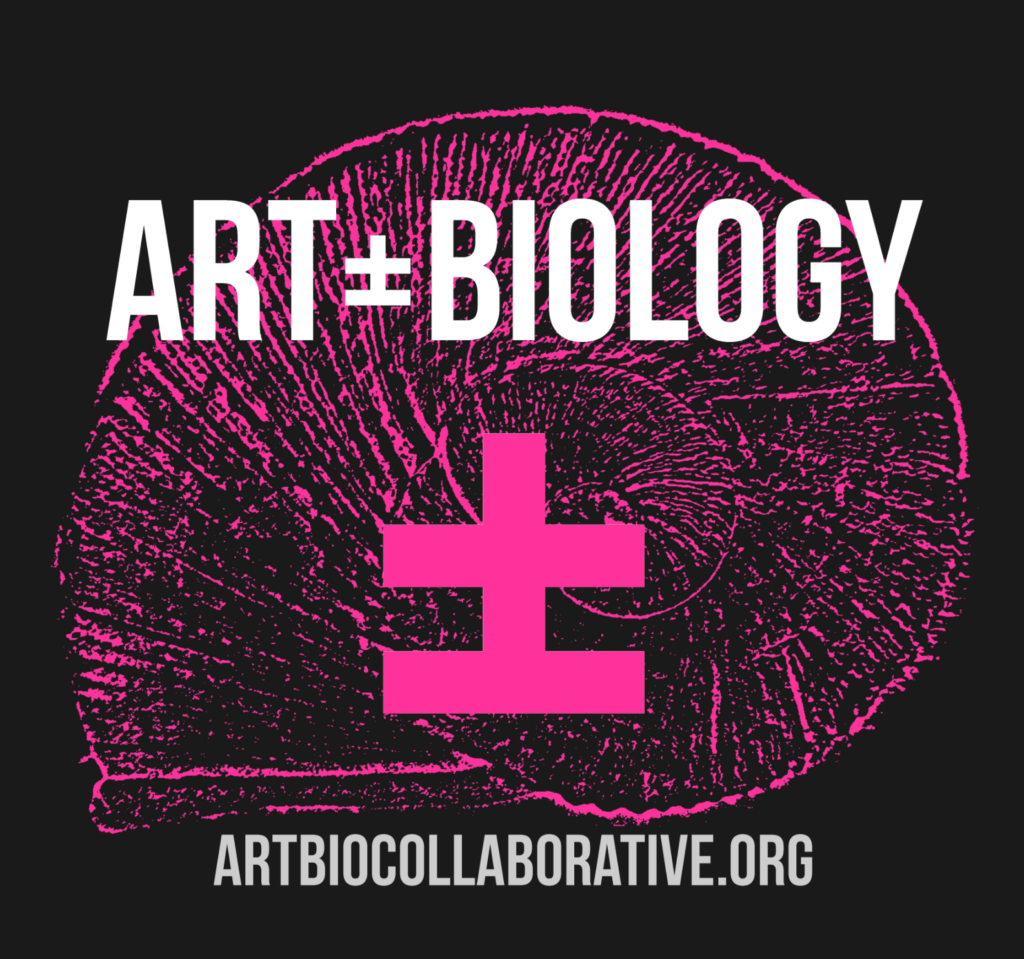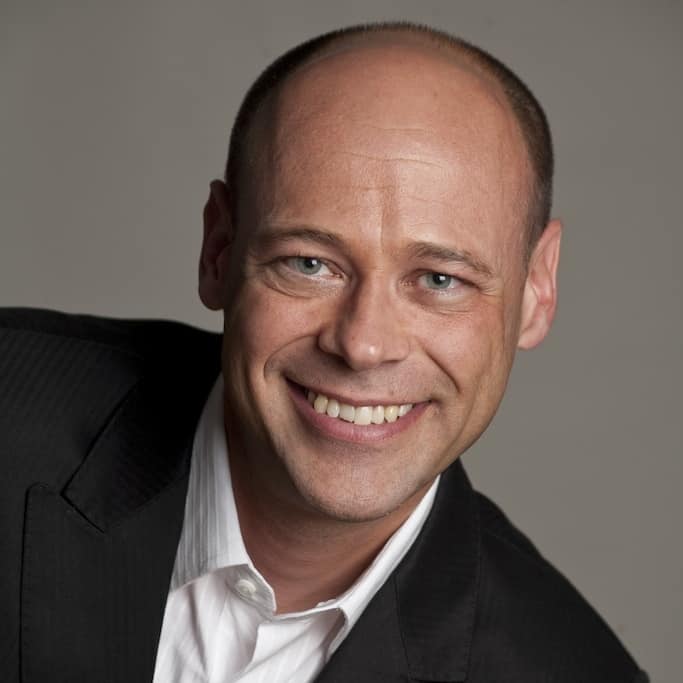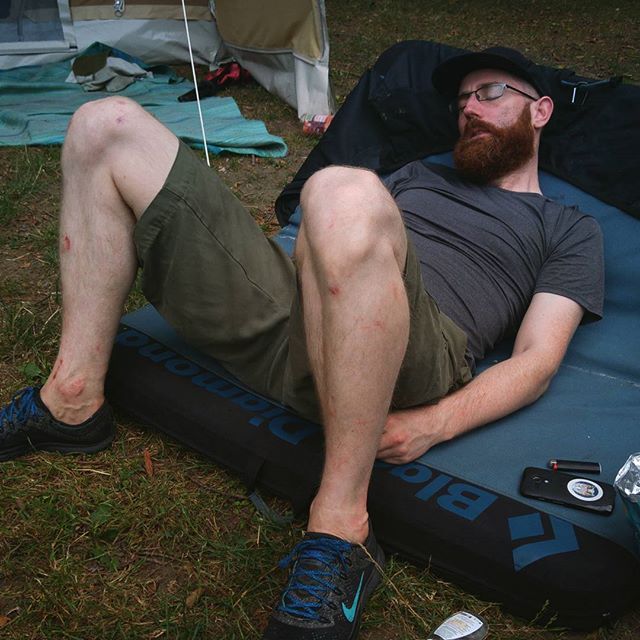Andrew Coates is a specialist in Tropical architecture that is sustainable (Cresolus.com). Gamboa is home, office and inspiration since 2002. Cresolus moved to Panama from East Africa.
Andrew, his wife Beth and their team work around the tropical world creating infrastructure and buildings that function well in hot humid climates.
Cresolus’ main focus is on National Parks facilities and systems. Other projects range from low income housing, schools, all the way through to very high end eco resorts.
We have completed projects across Central America and Africa. Currently working in Panama, Belize and Gabon.
Andrew is passionate about creating buildings that keep the occupants comfortable even on the hottest, steamiest day during a power cut.
He also loves camouflage, and helped design the one in the photo for the Gabonese National Park rangers’ uniform.
In 2015 Andrew and Beth founded The Gamboa Discovery School (www.gamboaschool.org) for ages 4-10. Which takes advantage of the natural and scientific assets of Gamboa.
Josh Michaels
Dates: August 18th-28th
Hello world! My name is Josh Michaels, I’m a creative polymath with a bias toward technology from Portland, Oregon. My primary interest with regards to naturalism is the power of nature immersion as a form of therapy. With an increasing global focus on mental health and mindfulness, regular immersion in nature is often overlooked as one of the simplest and least expensive ways to improve ones mental health. However not everyone has the time or access to receive the benefits of nature immersion, which is difficult to reflect on given our origins as humans.
Along those lines, my interest is rooted in a desire to create experiences using images and video of nature that offer the power of nature immersion to people who are unable to experience it in person. A variety of research has shown that viewing images and video of nature can provide up to 90% of the therapeutic benefit of actually going into nature. This is remarkable given how low-fi synthetic nature is compared to the real thing.
The reality of modern life is that most people don’t have and can’t make the time to really immerse themselves in nature on a regular basis. So from a modern lifestyle point-of-view, nature imagery and video offers a practical way to squeeze some of the benefits of nature into a nature-starved life.
That said, the people who may benefit most from nature imagery and video are those who are locked away from actual nature for health, legal, or other reasons. Whether it’s a hospital room, submarine, or jail cell, physical limitations that cut people off from nature deprive them of benefits which should seemingly be available and accessible to every human all the time.
Nature imagery and video offers a great way to combat limited access to nature by bringing nature inside for those who can’t go outside. The possibilities for low cost and cost saving ways to use nature imagery to help those who lack access to nature are endless.
I’ll be using my time at Dinacon to continue my investigations into this subject using portable EEG/EKG monitoring to compare actual and recorded nature experiences.
ART±BIO Collaborative
ART±BIO Collaborative is an artist and scientist-led nonprofit organization based in Cambridge, MA that fosters the integration of Science, Nature, and Art and is focused on broadening participation and accessibility in the Arts and Sciences through novel collaborations, public engagement, education, and research. Stephanie Dowdy-Nava, M.A., artist, arts administrator, and art educator and Saúl S. Nava, Ph.D., biologist, artist, and Professor of Biology at Massachusetts College of Art and Design, are the Founders. The ART±BIO Collaborative values diversity, equity, and inclusion and strives to create and develop accessible and collaborative opportunities for historically underrepresented and marginalized communities and populations; their work utilizes the intersection of the Arts, Biology, and Natural History as a catalyst for social dialogue and creative exchange of ideas with artists, scientists, and the public. As DiNaCon Node Leaders, Stephanie and Saúl will bring an international, core group of ART±BIO Collaborative artists and scientists participating in the ISLAND LIFE: Tropical Field Studies of Art+Nature in Puerto Rico program (IslandLifePR.org) to DiNaCon to utilize the natural habitats of Panama as a STUDIO+LAB. The Field Studies group will lead an open, Art±Bio public engagement and community outreach event in Gamboa that will creatively highlight the local ecology, herpetology, animal behavior, and natural history of Panama through artmaking, and take DiNaCon participants out of the conference and into the community. Website: ArtBioCollaborative.org
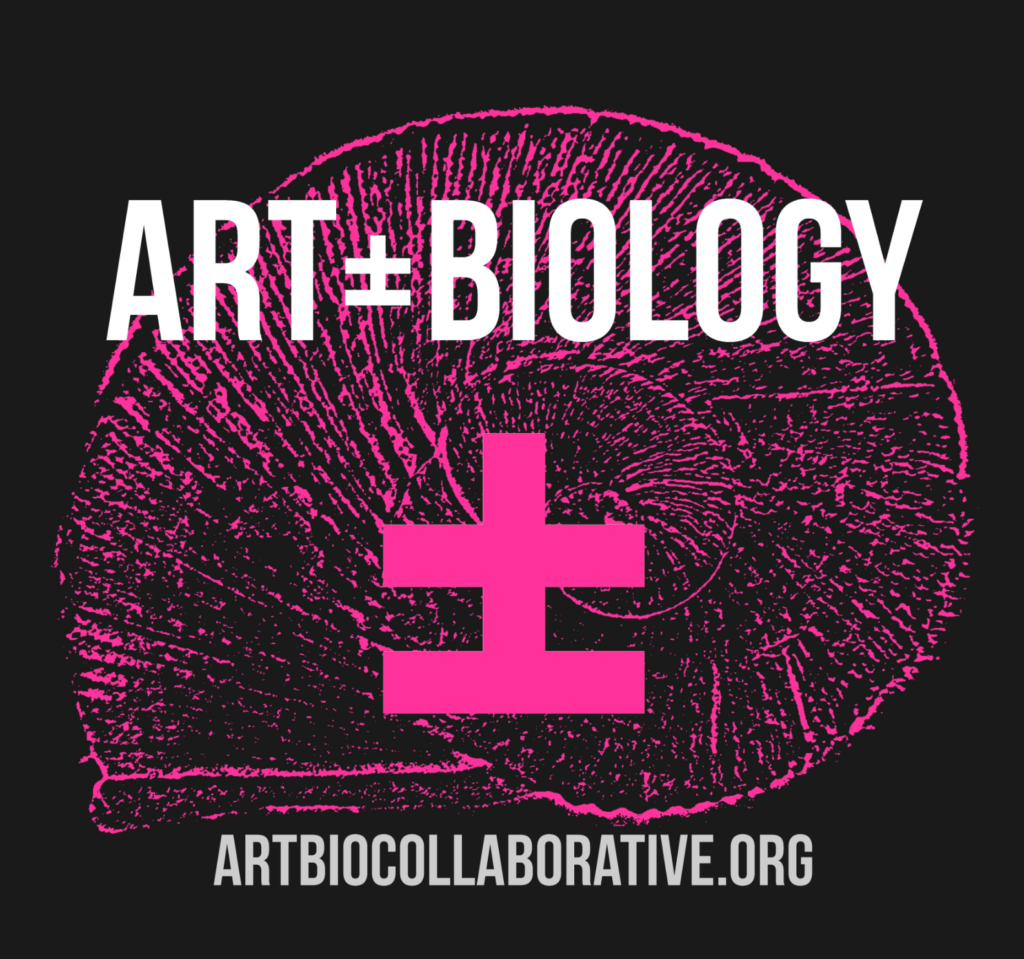
Rob Faludi
Robert Faludi is an advisor and consultant for connected device companies. He is currently head of product for Perceptive Things, a startup in the Smart Buildings space. For six years, he was the Chief Innovator at Digi International, working to forge strong connections with the maker community, uncover new innovation methodologies, support outstanding new work and create prototypes that spur new product development. Faludi has also been a professor in the MFA program at the School of Visual Arts in Manhattan and in the Interactive Telecommunications graduate program at NYU. He specializes in behavioral interactions through physical computing and networked objects. Rob is the author of Building Wireless Sensor Networks, with ZigBee, XBee, Arduino and Processing published by O’Reilly Media, 2011. He frequently consults on interactive projects including recent work in entertainment, architecture and toys. His work has appeared in The New York Times, Wired Magazine, Good Morning America, BBC World, the Chicago Museum of Science & Industry and MoMA among others. He is a co-creator of LilyPad XBee wearable radios, and Botanicalls, a system that allows thirsty plants to place phone calls for human help.
Marko Peljhan
Marko Peljhan is a theatre and radio director, conceptual artist and researcher. He founded and co-founded several still active arts organizations in the 90’s such as Projekt Atol and one of the first media labs in Eastern Europe LJUDMILA. From 1994 on he worked on Makrolab, a project that focuses on telecommunications, migrations and weather systems research in an intersection of art/science/engineering; the Interpolar Transnational Art Science Constellation, International Polar Year project 417 and the Arctic Perspective Initiative, with Matthew Biederman. He serves as professor and director of the MAT Systemics Lab at the University of California Santa Barbara, the Chair of the Media Arts and Technology program at UCSB, the coordinator of international cooperation of the SPACE-SI Slovenian Centre for Space Sciences & Technologies and editor at large of the music label rx:tx. In the radio spectrum he is known as S54MX. In 2007 Marko co-founded the unmanned systems engineering company C-ASTRAL, where he serves on the board and at DINACON he will be fielding a long distance flying unmanned system capturing multispectral data for the creation of rapid, daily cartographic and GIS products for the use by the DINACON research community
Leah Buechley
August 4-10
Leah Buechley is a designer, engineer, and educator. Her work explores integrations of electronics, computing, art, craft, and design. Her inventions include the LilyPad Arduino, a construction kit for sew-able electronics. She currently runs a design firm, Rural / Digital, that explores playful integrations of technology and design. Previously, she was an associate professor at the MIT Media Lab, where she founded and directed the High-Low Tech group. Her work has been exhibited internationally in venues including the Exploratorium, the Victoria and Albert Museum, and Ars Electronica and has been featured in publications including The New York Times, Boston Globe, and Wired. Her research was the recipient of the 2017 Edith Ackerman award for Interaction Design and Children. Leah received a PhD in computer science from the University of Colorado at Boulder and a BA in physics from Skidmore College. At both institutions she also studied dance, theater, fine art, and design.
At dinacon Leah will give a talk about her recent work in computational ceramics.
Jonathan Gill
I plan to develop a low-cost, open-source platform for testing the perceptual and cognitive abilities of animals in the wild. This would be a continuation of my Wild Behavior project from the last Dinacon, with the ability to survey new animals and try out new technologies in a different environment. Additionally, I would like to lead a workshop on field neuroscience, potentially recording brain activity from insects, or recording and modeling group dynamics (ant colonies, swarms of gnats, etc.).
I am a behavioral and computational neuroscientist who’s work connects brain-machine interface engineering with behavioral studies of sensory perception. In short, I design technologies that let us “see” what brains are doing and try to connect this to what humans and animals are thinking and feeling. With my “Wild Behavior” project, I am trying to take the types of behavioral experiments we perform in the lab and bring them into the wild, letting us study things like perception, memory and decision-making in a diverse range of species. At Dinacon, I would like to combine my expertise designing behavioral systems with the opportunity to interact with and learn from a diverse community of makers, designers, and artists to create an open platform for field neuroscience.
Tiare Ribeaux
During DINACON, I am interested in a few different avenues of exploration: studying symbiotic relationships and mutualism in different species in Panama (such as leaf-cutter ants and fungus crops; plants and mycorrhizal fungi; frogs and their skin microbiota); then creating a unique bio-digital project that involves sculpture, sensors, and storytelling to demonstrate these symbioses. Alternatively, I would like to research the unique amphibian life in Panama (with advice from the Smithsonian Tropical Research Institute) and potentially design new structures, sculptures, recovery modules, or toys for these amphibians. These can be made of biodegradable materials such as bioplastics, and could collect various data using sensors. I would love to be a Node Leader at the conference, and could teach a bioplastics workshop, and do a talk about speculative design for and collaborating with other species.
Tiare Ribeaux is a new media and interdisciplinary Hawaiian-American artist and curator based in the Bay Area. She is the Founder and Artistic Director of B4BEL4B gallery, co-founded REFRESH Art, Science, and Technology; and curated the Soundwave ((7)) Biennial in 2016. As an interdisciplinary artist, her work explores the entanglements of technologies, biology and infrastructures with mythologies, the environment, and microbial/non-human species. She is interested in living systems, deep/dark/media ecology, rhizomatic networks, speculative futures, multi-species ontologies and collaborative entanglements.
Josh Michaels
[Aug 18-28]
Josh Michaels is a multi-disciplinary artist & scientist who works with time as a medium. Josh perceives of time as space in a synesthetic way. He produces works that modify the dimensionality of time such that it can be perceived spatially. These explorations push the limits of chronophotography using cameras, computers, and advanced image processing techniques.
Nature immersion/imagery micro-study. The goal of this study is to compare the therapeutic benefits of nature immersion to viewing images and video of nature. Several studies have suggested that the impact of viewing nature images can be 90% as effective as actually physically being in nature in terms of therapeutic benefits. The existing studies are limited and have not compared immersion to imagery for the exact same environment. For the study I will use an OpenBCI headset to capture the brainwaves of participants as they sit in nature, and again on a later date as they view images of the same environment. The data will be compared to see how experiencing nature compares to viewing images and video of it.
Sjef van Gaalen
Design researcher. Futures & Fiction, Collage & Camouflage. Structure & Narrative.
Some of you might remember the mess of a workshop last year at Dinacon 1 in which we solved capitalism with de-extincted CRISPR dinosaurs that filtered plastic and pooped structures for aquatic farms to grow on? You don’t? Ok cool yeah me neither.
This year there’s going to be more better weirder futures & fictions, as we collectively create a speculative map populated with fictional narratives based on extrapolations of how Dinacon projects have gone extremely wrong awesome. I’m sure it will be good clean methodologically sound fun.
